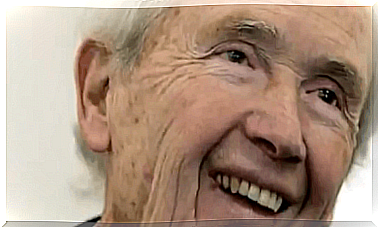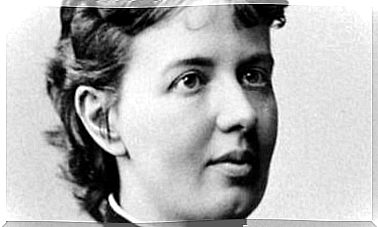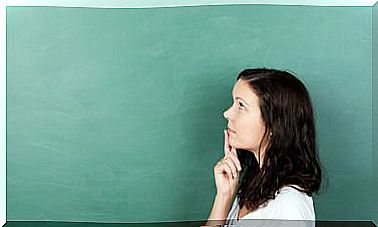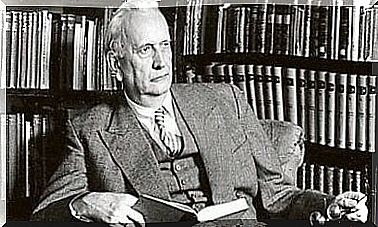Education Is Everyone’s Job! Let’s Teach How To Think!
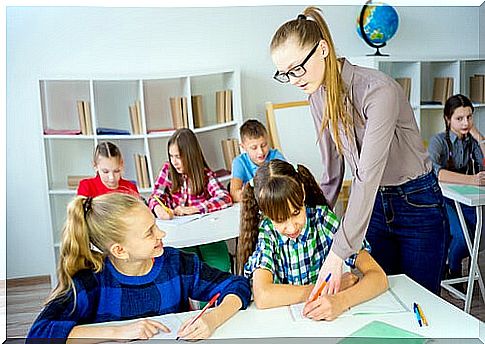
Education is everyone’s job! To educate is to socialize, it is to incorporate culture, it is to guide. Educating for society and for culture is, at the same time, guiding for life and incorporating functional learning that is in connection with the environment.
Each individual comes to this world in a specific society and internalizes, “apprehends” the culture of that place. The human being, from his earliest childhood, builds his own identity based on the experiences and evaluations he receives from his social environment: parents, teachers, colleagues …
The self-concept has as its content the representations, evaluations and attitudes that each one has about himself. The experiences in the family environment contribute to the formation of this identity. This is so because of the characteristics of the child when he is born and because of the type of relationships he establishes with the parents. Later, the school will provide the individual with a new scenario with a broader and more complex social organization and with new experiences with adults and with equals.
The importance of education
Teaching to live together and create social skills is one of the essential functions of the school, which contributes to the socialization of students. Educating is socializing. One way to teach coexistence is to instruct in social skills. Social skills or abilities are ways of knowing how to do in relation to others. Sociability is not something innate.
It is something that is learned and these learnings come to be considered as skills, abilities or social capacities that education has to contribute to developing. Through this process of socialization, the person acquires the patterns of behavior, norms and beliefs that are dominant in society and that are valued and accepted by it as such. It is a process related to the development of other capacities: intelligence, affectivity, personal identity. The affective, social and cognitive aspects of behavior are inseparable.
Knowing how to function in a social environment is very important for the psychic development of the person. Social skills have to do with the relationships between children and adults: parents and relatives, teachers, adults in general, who will constitute for them a source of educational, linguistic, cultural and social transmission. On the other hand, there are the social relations between the children themselves, in which the aspects of cooperation and relationship in equality stand out.
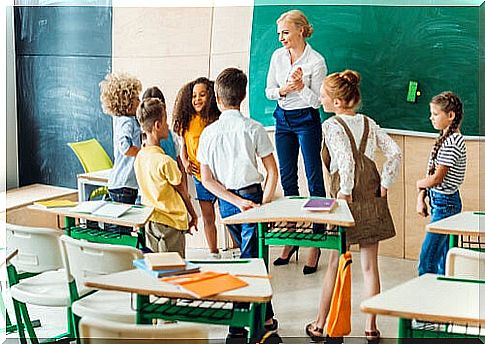
Learning strategies
The evaluation of social behavior is done by direct observation in habitual situations. Therefore, the student will have to be guided by presenting him with models, explaining step by step how he develops his behavior; simulate situations in which students have to repeat the model; provide adequate “feedback” on their own behavior, offering appropriate suggestions.
This learning of general strategies reaches its culmination in learning to think and even more, in learning to learn : an instruction that can and should be carried out through the different areas. The ability to think is a complex skill that does not match knowledge. Knowledge and thought are interdependent with each other, but different.
Skillful thinking would be the ability to apply knowledge effectively. Thinking ability is subject to modification and improves with training. Effective learning requires that these skills and strategies can be transferred and adapted to new situations or problems previously not experienced. Learning to think will help improve intellectual performance in abstract subjects, and raise school performance and competence in social situations.
Teach to think
Therefore, we could conclude that human behaviors sometimes depend as much on people wanting to know as they wanting to think. The previous knowledge with which we face the learning and the context in which it is carried out will be other relevant factors.
We must be able to extrapolate learned behaviors to real life situations, and above all we must be able to make inferences to situations in which we have never encountered, knowing how to solve them satisfactorily. In short, any activity aimed at teaching thinking must prepare people to:
- Knowing how to solve problems, by presenting problem-situations, applying a model for its solution with several phases: understanding the problem, devising a plan, executing that plan and verifying results.
- Learn to be creative, through strategies that promote creative thinking: the analysis of assumptions, the whirlwind of ideas …
- Apply deductive and inductive reasoning, through the ability to reason according to the principles of inference.
- Metacognition, that is, knowledge about one’s own knowledge, linked to thought control strategies. The metacognitive or cognitive control capacities make possible the planning and regulation of the effective use of the knowledge, strategies and cognitive resources available to the subject. It will be necessary to encourage each one to better understand their own capacities and limitations.
Basic skills education and teaching
One variety of teaching thinking programs are study skills programs. However, the study techniques to be favored are those that predispose to better and more functional learning, not those that prepare for exams. The following should be highlighted:
1. Basic instrumental techniques or skills
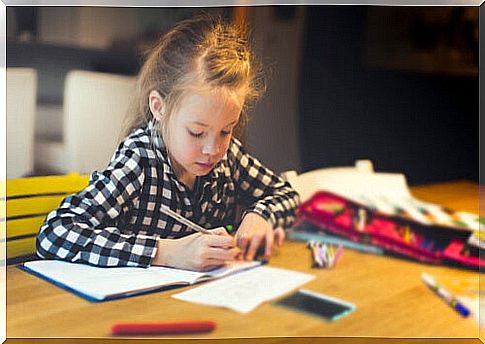
They are suitable for understanding and assimilating the information under study:
- Reading comprehension, underlining techniques, making summaries and diagrams, concept maps
- Techniques for collecting information on a topic, use of dictionaries, notes …
- Techniques to improve retention and recall
2. Motivational factors
To learn you need to be motivated. Sometimes you can resort to extrinsic motivation, unrelated to the task itself, such as rewards or punishments. But, the ideal is to achieve an intrinsic motivation, that is, a motivation related to the task or activity itself that is then carried out by itself, for its own value, and not for consequences that can contingently be linked to its result.
3. Other strategies and circumstances in education
Teach students to plan their work time and to know what are the necessary conditions of the study environment: place, light, temperature …
Despite all the above, it will be necessary to take into account individual differences and observe the characteristics of the unskilled thinker to locate the deficient cognitive functions and observe if they are in the phase of entry, elaboration or exit of thought (information processing).
The individual must be subject to a specific intervention for correction and improvement. The assumption is always that the functioning of intelligence can be modified and improved, but obviously, it is necessary to identify in which phase the dysfunctions occur in order to correctly apply the educational procedure that provides them with a remedy.
The collaboration of fathers, mothers and teachers, the exchange of information with them and their participation in the education of their children are basic elements in the configuration of a true educational community, within which the younger generations grow and develop. . It is within this community that the most personalized processes of education take place.
The tasks of the teaching staff together with the guidance teams have to do with the personalization of teaching and, in addition, cooperative work with mothers and fathers is one of the essential nuclei of the teaching function and is at the heart of all educational action .
In short, the school is a place for coexistence and a place where one can coexist. The learning of coexistence in school will occur not so much by explicit instruction but rather by the way in which it coexists. Communicating, cooperating, being supportive, respecting the rules … is something that, in addition to being the object of teaching, must constitute the fabric of school life and of the socializing function.

